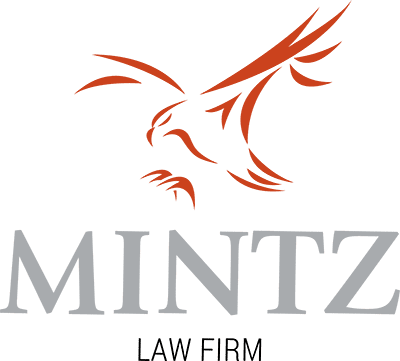Who’s At Fault After a Hairpin Turn Collision?

Hairpin turns on Colorado’s mountain roads create some of the most challenging driving conditions in the United States, yet thousands of drivers navigate these sharp curves daily without incident, while others find themselves involved in devastating collisions that leave victims wondering who bears legal responsibility. The unique characteristics of these extreme curves—often featuring steep grades, limited visibility, and narrow lanes—complicate fault determination in ways that differ significantly from typical roadway accidents.
Understanding liability after hairpin turn collisions requires careful analysis of multiple factors, including road conditions, vehicle positioning, speed, and driver behavior leading up to the crash. At Mintz Law Firm, founder David J. Mintz has spent more than 35 years helping injured people navigate complex accident cases, while managing attorney Eric C. Staton brings over 15 years of experience to challenging situations where fault determination requires thorough investigation and understanding of Colorado’s unique mountain driving conditions.
Understanding Hairpin Turn Dynamics
Hairpin turns present drivers with extreme curves that require significant speed reduction and precise vehicle control. These sharp bends, typically found on mountain passes and canyon roads throughout Colorado, force drivers to navigate turns of 180 degrees or more within a very short distance. The physics of these curves creates inherent challenges even for experienced mountain drivers.
Common causes of accidents in Colorado’s mountain passes include excessive speed for conditions, improper lane positioning, and failure to account for the unique challenges these roads present. Vehicle dynamics change dramatically on hairpin turns due to the extreme lateral forces generated during tight cornering. Drivers must account for reduced traction, weight transfer effects, and the increased stopping distances required at higher elevations.
Primary Factors in Fault Determination
Speed represents the most common factor in hairpin turn accidents, but determining appropriate speed involves more than simply checking posted limits. Courts consider whether drivers adjusted their speed for visibility conditions, road surface, weather, and their vehicle’s capabilities. A driver may be traveling below the speed limit yet still be driving too fast for the specific conditions at the time of the accident.
Lane positioning becomes crucial on narrow mountain roads where hairpin turns offer little margin for error. Drivers who cross center lines, fail to maintain proper position within their lanes, or cut corners may be found primarily at fault even if other factors contributed to the collision.
Visibility issues around hairpin turns create unique challenges for fault analysis. Blind spot accidents share some characteristics with hairpin turn collisions, as drivers must navigate situations where they cannot see oncoming traffic until the last moment.
Colorado’s Comparative Negligence Application
Colorado’s modified comparative negligence system allows for shared fault in hairpin turn accidents, recognizing that multiple factors often contribute to these complex collisions. Colorado’s comparative negligence law permits injury victims to recover damages as long as their percentage of fault remains below 50%.
For example, if one driver was speeding while another failed to signal properly before the turn, both parties may share responsibility for the resulting collision. The specific percentages depend on how significantly each driver’s actions contributed to the accident. Weather conditions frequently impact fault determination in mountain accidents, with drivers who fail to reduce speed for snow or ice conditions bearing primary responsibility.
Common Hairpin Turn Collision Scenarios
Head-on collisions represent the most severe type of hairpin turn accident, typically occurring when one vehicle crosses the center line during the turn. The driver who leaves their proper lane usually bears primary fault, though factors like mechanical failures, medical emergencies, or road defects may reduce their percentage of responsibility.
Rear-end accidents on hairpin turns often involve vehicles that slow dramatically for the curve without providing adequate warning to following traffic. Unlike typical rear-end accidents, where the following driver bears primary fault, mountain conditions may create shared responsibility situations.
Single-vehicle accidents where drivers lose control and strike guardrails, trees, or other fixed objects require careful analysis of road conditions, vehicle maintenance, and driver behavior. While the driver typically bears primary responsibility, factors like inadequate road maintenance or missing warning signs may create additional liable parties.
Contact Mintz Law Firm for Hairpin Turn Accident Cases
Fault determination in hairpin turn collisions requires careful analysis of unique factors that don’t apply to typical roadway accidents. The extreme conditions present on Colorado’s mountain roads create complex liability scenarios where multiple parties may share responsibility, and expert analysis becomes essential for protecting your rights.
Our team at Mintz Law Firm brings decades of experience to challenging accident cases involving Colorado’s most dangerous roadways. With founder David J. Mintz’s 35-plus years of personal injury advocacy and managing attorney Eric C. Staton’s 15 years of dedicated service to accident victims, we understand how to investigate complex collision scenarios and build strong cases for our clients. Contact us today to discuss your hairpin turn accident case and learn how we can help determine fault and pursue the compensation you deserve.
